Issue № 14(26)
DOI: 10.33098/2078-6670.2022.14.26.149-155 Dymchykov M. Features of the qualification of fraud in cyberspace, the means of committing which are virtual assets
Dymchykov M. Features of the qualification of fraud in cyberspace, the means of committing which are virtual assets
Purpose. The purpose of the work is a criminal-legal analysis of fraud as a criminal offense in cyberspace, the means of which are virtual assets, to determine their main types, as well as to find out the most effective measures to combat these socially dangerous phenomena. Method. The research methodology includes a comprehensive analysis of fraud in cyberspace, a generalization of existing doctrinal views and the formation of recommendations re garding the commission of fraud in cyberspace, the means of which are virtual assets. With the help of a systematic method, the main types of fraud in cyberspace were identified, the means of which are virtual assets. The cognitive method was used to analyze the legislative outline of the features of virtual assets. The method of generalization was used to develop directions for combating fraud in cyberspace, the means of which are virtual assets. The results. In the process of research, it was established which criminal offenses in cyberspace can be committed by using virtual assets. The main methods of activity of cybercriminals in committing fraud in cyberspace, the means of which are virtual assets, are outlined. The main reasons for the use of virtual assets in the commission of criminal offenses in cyberspace are emphasized. Scientific novelty. In the process of research, it was established that the field of criminal offenses in cyberspace is very dynamic and changes simultaneously with the development of electronic computers and information and telecommunication networks. As a result, the appearance of new findings of criminal offenses in cyberspace and new schemes for their commission. The results of the study can be used in law-making and law-enforcement activities during the investigation of criminal offenses in cyberspace.
Key words: virtual assets, criminal offenses in cyberspace, cybercrimes, cybermisdemeanors, cryptocurrency, cyberfraud.
References
1. The share of cryptocurrency owners in Ukraine is the largest in the world. Analytical portal “in word and deed. Retrived from: https://www.slovoidilo.ua/2021/10/13/infografika/finansy/chastka-vlasnykiv-kryptovalyuty-ukrayini-najbilsha-sviti (accessed 20 november 2022) (in Ukrainian)
2. On the circulation of cryptocurrency in Ukraine: Law of Ukraine N 7183. (2017, October 06). Retrived from: https://ips.ligazakon.net/document/GH5JJ00A (accessed 20 november 2022) (in Ukrainian)
3. Bondarenko, O. (2021). Kontseptsiia kryminalno-pravovoi protydii koruptsii [The concept of criminal and legal counteraction to corruption]. Sumy: SumDU. (in Ukrainian)
4. About virtual assets: Law of Ukraine № 2074-IX. (2022, February 17). Vіdomostі Verkhovnoyi Rady Ukrayiny. Retrived from: https://zakon.rada.gov.ua/laws/show/2074-20#Text (accessed 20 november 2022) (in Ukrainian)
5. Staver, A. V. (2013) Zagal’nі vrazlivostі bankіvs’kih kart і sposobi їh usunennya. [General vulnerabilities of bank cards and ways to eliminate them]. Protidіya kіberzlochinnostі v fіnansovo-bankіvs’kіj sferі : materіali Vseukr. nauk.-prakt. konf. (Harkіv, 23 kvіt. 2013 r.), 144-147. (in Ukrainian)
6. What is a token on the blockchain. Retrived from: https://bankchart.com.ua/finansoviy_gid/investitsiyi/statti/scho_take_token_na_blokcheyni (accessed 20 november 2022) (in Ukrainian)
7. Biryukov, A., Khovratovich, D., Pustogarov, I. (2014). Deanonymisation of clients in Bitcoin P2P network. University of Luxembourg. Retrived from: orbilu.uni.lu/handle/10993/18679 (accessed 20 november 2022) (in English)



